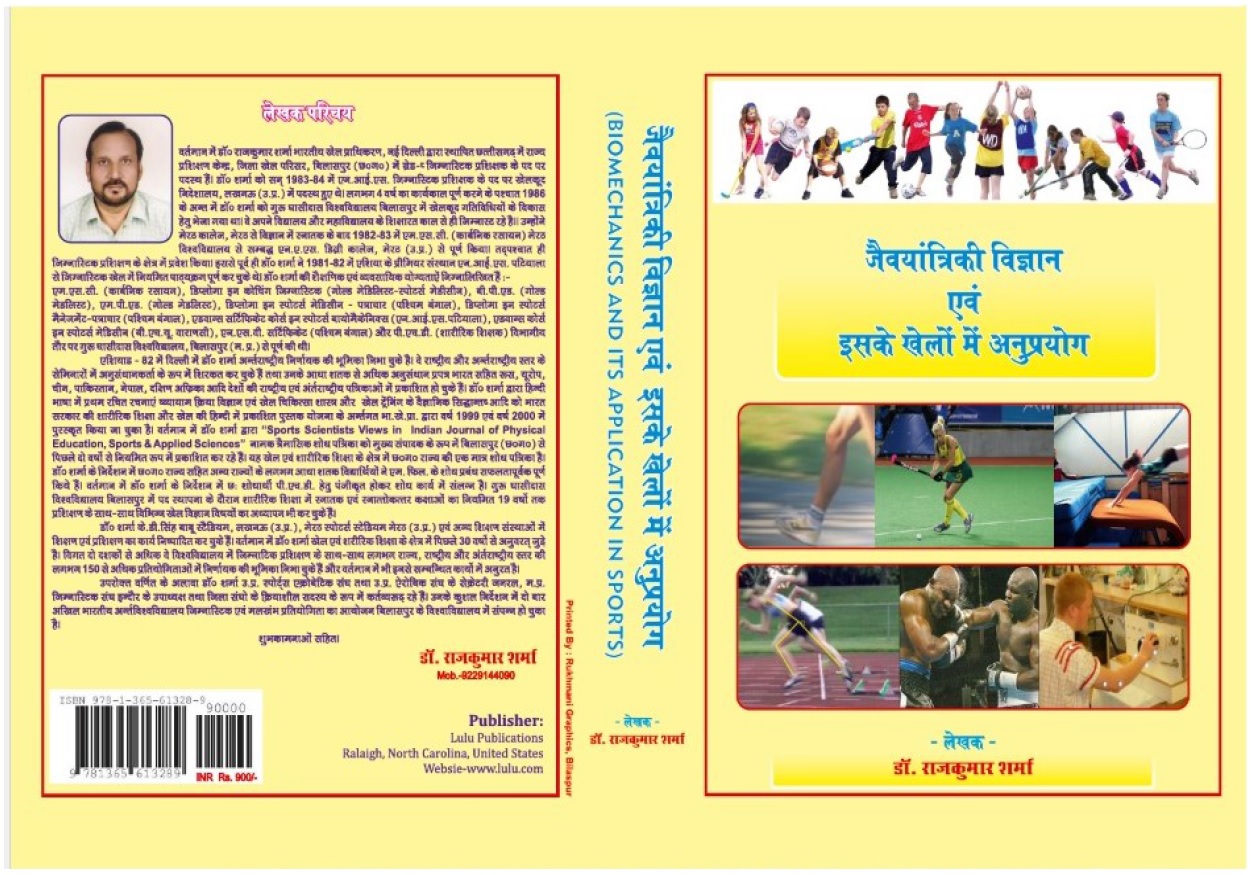| S.No. | Total View Count | Title of Manuscript | Page No | Download/ PDF |
|---|---|---|---|---|
| 1 | AEROBIC AND ANAEROBIC PHYSIOLOGICAL PROFILES IN COLLEGIATE ATHLETES Author: Ganesh Poojary1 and Gerald Santhosh Dsouza2 | 13-20 |  12 12 |
Article info
doi no.: 05-2016-44975451,
DOI Link :: https://doi-ds.org/doilink/08.2021-55784685/IJPESAS/05.2016-44975451/V11/I3/A3
AFFILIATIONS:
- Physical Education Director, NMAM Institute of Technology, Nitte, Karnataka
- Chairman and Director, Department of PG Studies and Research in Physical Education and Sports, Mangalore University, Karnataka
Recent developments in the physical fitness and training assessments of athletes are premised on the reality that the athlete is confronted with competition-like criteria. Considering physical fitness, it is necessary, because requirements are varied, to examine thoroughly the abilities that have an effect on the development of sports. This paper will aim to describe the physical and physiological comparison of athletes in aerobic and anaerobic evaluation specific to the sports consisting of the individual, team, and combat personalities. The study was carried out with a total of 120 (n=120) players comprised of 40 (n=40) players in each category of individual, team, and combat sports. The recorded data is statistically analyzed using analysis of variance (ANOVA) with a p-value less than 0.05 significant level. Results that are found to be significant are further processed using the Tuckey HSD post hoc test to find the significant difference among the groups. The obtained results show that there is a significant difference between the groups with regards to the VO2 max and lactate threshold.
Keywords: Lactate threshold, VO2 max, Recovery Heart Rate, aerobics, physiological profile.
References
Ghosh, A. K. (2004). Anaerobic threshold: its concept and role in endurance sport. The Malaysian journal of medical sciences: MJMS, 11(1), 24.
Saltin, B., &Astrand, P. O. (1967). Maximal oxygen uptake in athletes. Journal of applied physiology, 23(3), 353-358.
Åstrand, P. O., &Saltin, B. (1961). Maximal oxygen uptake and heart rate in various types of muscular activity. Journal of Applied Physiology, 16(6), 977-981.
Conley, D. L., &Krahenbuhl, G. S. (1980). Running economy and distance running performance of highly trained athletes. Med Sci Sports Exerc, 12(5), 357-360.
Foster, C. (1983). V O2 max and training indices as determinants of competitive running performance. Journal of Sports Sciences, 1(1), 13-22.
Wasserman, K., Whipp, B. J., Koyl, S. N., & Beaver, W. L. (1973). Anaerobic threshold and respiratory gas exchange during exercise. Journal of applied physiology, 35(2), 236-243.
Hollman, W. (1959). The relationship between pH, lactic acid, potassium in arterial blood and venous blood,(PoW) and pulse frequency during increasing spirometric work in endurance-trained and untrained persons. In Pan-American Congress for Sports Medicine.
Pate, R. R., &Kriska, A. (1984). Physiological basis of the sex difference in cardiorespiratory endurance. Sports Medicine, 1(2), 87-89.
Chirtel, S. J., Barbee, R. W., & Stainsby, W. N. (1984). Net O2, CO2, lactate, and acid exchange by muscle during progressive working contractions. Journal of Applied Physiology, 56(1), 161-165.
Green, H. J., Hughson, R. L., Orr, G. W., & Ranney, D. A. (1983). Anaerobic threshold, blood lactate, and muscle metabolites in progressive exercise. Journal of Applied Physiology, 54(4), 1032-1038.
Shephard R (1987). Exercise Physiology.B.C. Decker Inc., Philadelphia, PA, USA.
Chorbajian, T. O. R. C. O. M. (1971). Normographic approach for the estimation of heart rate recovery time after exercise. Journal of applied physiology, 31(6), 962-964.
Flouris, A. D., Metsios, G. S., &Koutedakis, Y. (2005). Enhancing the efficacy of the 20 m multistage shuttle run test. British Journal of Sports Medicine, 39(3), 166-170.
Mackenzie, B. (1997) Conconi Test [WWW] Available from: https://www.brianmac.co.uk/coni.htm [Accessed 21/6/2021]
 admin@sportscientistsviews.com
admin@sportscientistsviews.com





